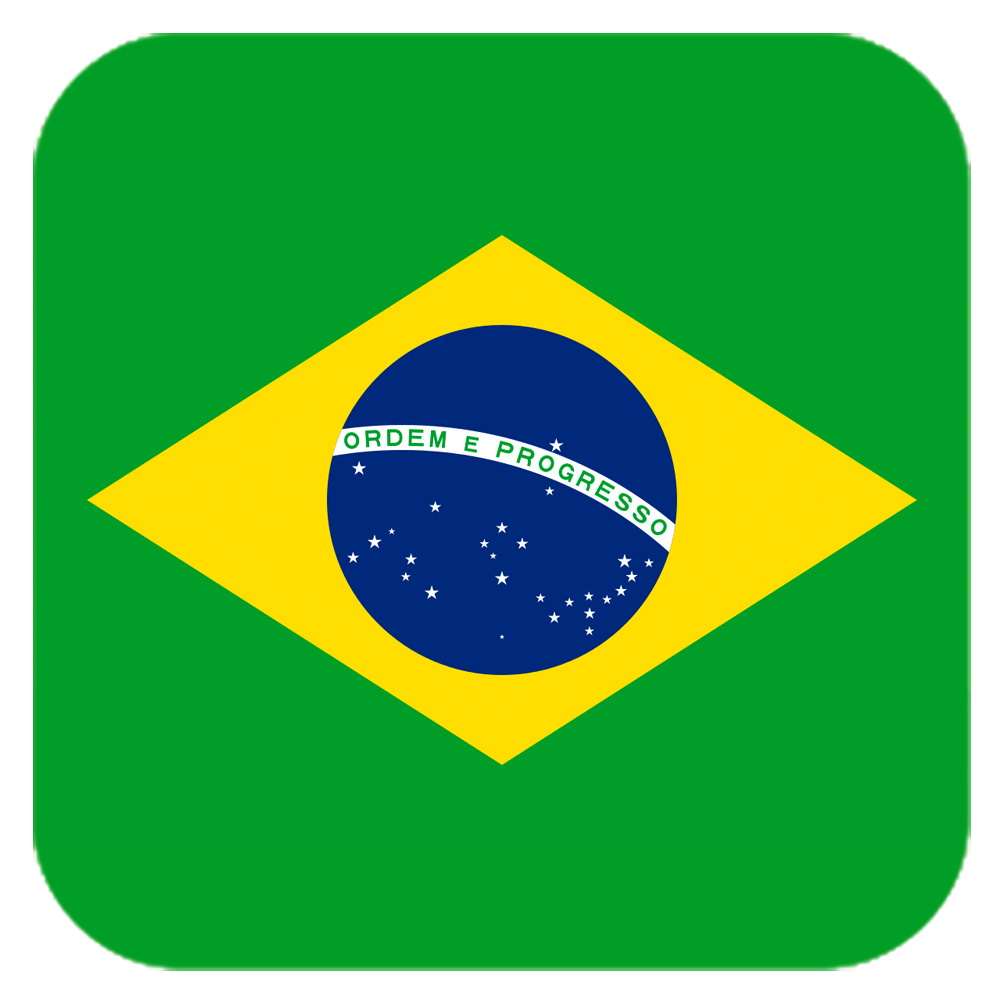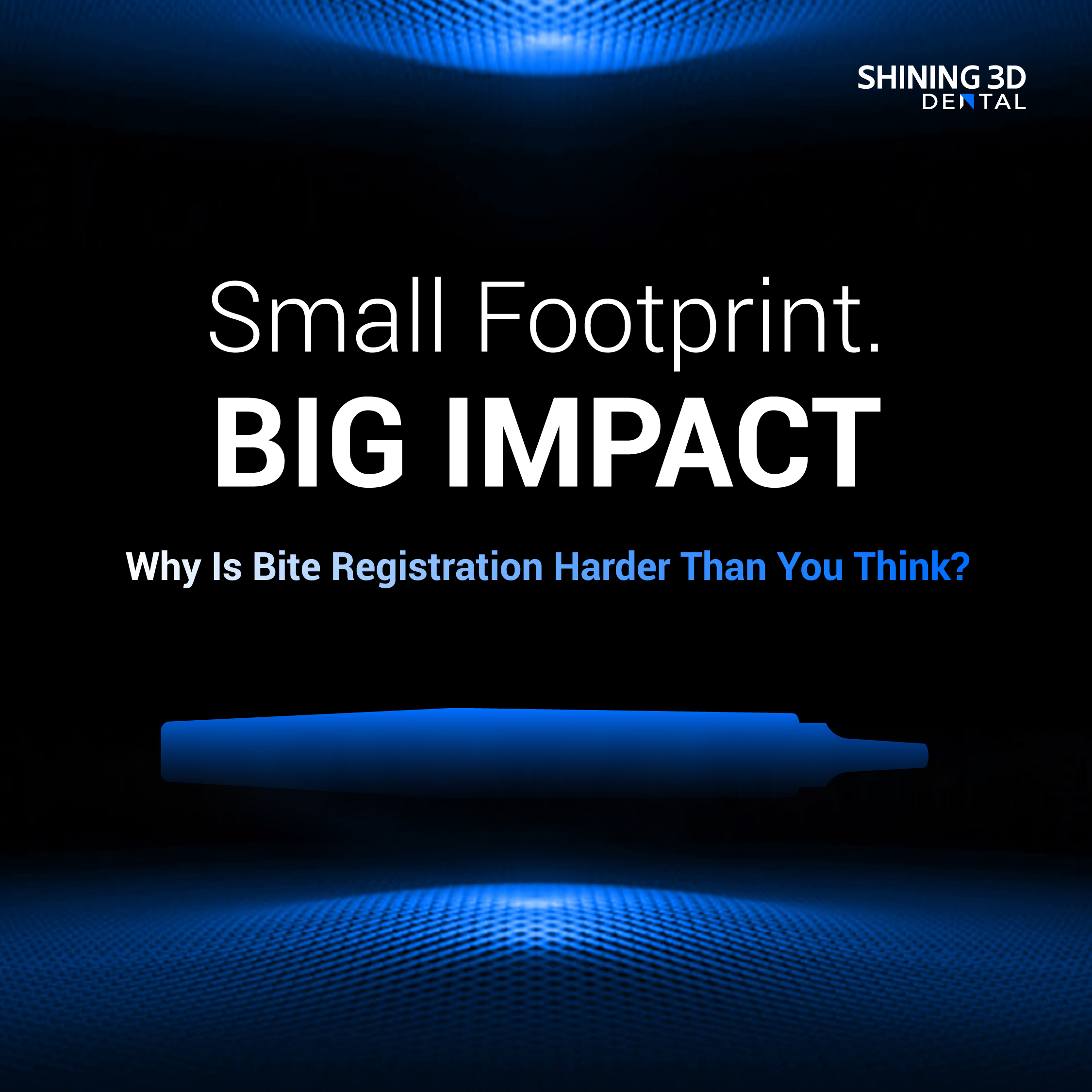Table of Contents
Intraoral scanners have revolutionized dentistry over the past decade, enabling digital impressions and streamlined workflows. Yet, one challenge continues to capture the attention of dentists worldwide: how to achieve accurate digital bite registration.
Why Is Capturing an Accurate Bite So Difficult?
Accurately capturing a bite is more complicated than it seems. Multiple factors can affect the precision of bite registration:
· Patient-related factors: Unstable bite positions during scans or inherent occlusal instability can cause discrepancies.
· Clinician-related factors: Inexperienced scanning techniques may introduce errors.
· Device-related factors: Limitations in scanner hardware or software, such as difficulty capturing deep or highly reflective surfaces, can reduce accuracy.
· Oral environment: Factors like humidity, saliva, or intraoral lighting may also influence scanning quality.
The Risks of Inaccurate Bite Registration
Even minor inaccuracies can have significant consequences on treatment outcomes:
· Misaligned restorations: Errors in bite scans can produce premature contacts, improper seating, or restorations that are too thick or thin, requiring time-consuming adjustments.
· Compromised occlusion: Bite inaccuracy shifts occlusal surfaces, affecting marginal fit, creating micro-gaps, and increasing the risk of secondary caries and leakage.
· Implant complications: In implant cases, occlusal deviation can generate stress during screw tightening, increasing the risk of screw loosening, fractures, or peri-implant bone resorption.
How to Achieve Accurate Bite Registration
Dentists and intraoral scanner manufacturers are continuously exploring ways to capture precise bite data. Key strategies include:
1、Dentist Training: Optimized scanning techniques, correct angles, and consistent workflows help dentists capture the most accurate bite possible.
2、Scanner Hardware & Software Enhancements: Manufacturers improve scanners to capture challenging areas more effectively and reduce errors caused by reflections or deep cavities.
3、Advanced Post-Processing Software: Specialized software aligns and refines bite data for improved occlusion accuracy.
4、Patient Guidance: Clear instructions for patients to maintain stable positions during scanning ensure higher accuracy.
Is This Enough? Anything Else We Can Do?
While these methods help, bite registration remains a challenge in clinical practice. The question is: can it be made even more accurate, simpler, and reliable for dental clinics?
At Shining 3D, we are committed to pushing the boundaries of digital dentistry. Our next innovations aim to enhance bite registration accuracy, streamline workflows, and improve outcomes for both dentists and patients.
Stay tuned for the next breakthrough in digital bite registration from Shining 3D.
 ENG
ENG









